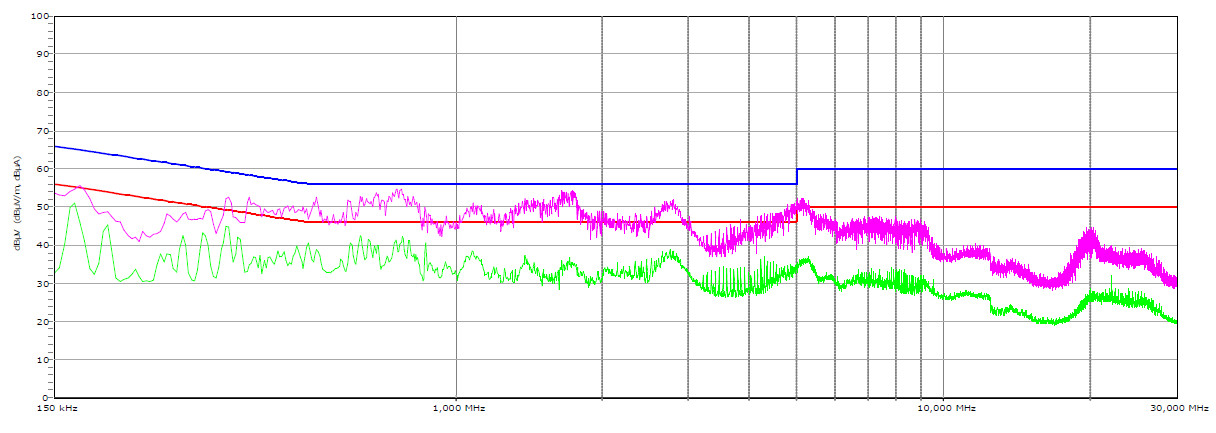Why you can trust Tom's Hardware
Advanced Transient Response Tests
For details about our transient response testing, please click here.
In the real world, power supplies are always working with loads that change. It's of immense importance, then, for the PSU to keep its rails within the ATX specification's defined ranges. The smaller the deviations, the more stable your PC will be with less stress applied to its components.
We should note that the ATX spec requires capacitive loading during the transient rests, but in our methodology, we also choose to apply a worst case scenario with no additional capacitance on the rails.
Advanced Transient Response at 20% – 20ms
| Voltage | Before | After | Change | Pass/Fail |
|---|---|---|---|---|
| 12V | 12.037V | 11.814V | 1.85% | Pass |
| 5V | 5.041V | 4.974V | 1.33% | Pass |
| 3.3V | 3.293V | 3.200V | 2.82% | Pass |
| 5VSB | 5.027V | 4.971V | 1.11% | Pass |
Advanced Transient Response at 20% – 10ms
| Voltage | Before | After | Change | Pass/Fail |
|---|---|---|---|---|
| 12V | 12.037V | 11.839V | 1.64% | Pass |
| 5V | 5.042V | 4.968V | 1.47% | Pass |
| 3.3V | 3.293V | 3.196V | 2.95% | Pass |
| 5VSB | 5.027V | 4.978V | 0.97% | Pass |
Advanced Transient Response at 20% – 1ms
| Voltage | Before | After | Change | Pass/Fail |
|---|---|---|---|---|
| 12V | 12.037V | 11.848V | 1.57% | Pass |
| 5V | 5.041V | 4.954V | 1.73% | Pass |
| 3.3V | 3.293V | 3.197V | 2.92% | Pass |
| 5VSB | 5.027V | 4.954V | 1.45% | Pass |
Advanced Transient Response at 50% – 20ms
| Voltage | Before | After | Change | Pass/Fail |
|---|---|---|---|---|
| 12V | 11.983V | 11.875V | 0.90% | Pass |
| 5V | 5.035V | 4.967V | 1.35% | Pass |
| 3.3V | 3.290V | 3.193V | 2.95% | Pass |
| 5VSB | 5.014V | 4.961V | 1.06% | Pass |
Advanced Transient Response at 50% – 10ms
| Voltage | Before | After | Change | Pass/Fail |
|---|---|---|---|---|
| 12V | 11.984V | 11.882V | 0.85% | Pass |
| 5V | 5.035V | 4.963V | 1.43% | Pass |
| 3.3V | 3.290V | 3.190V | 3.04% | Pass |
| 5VSB | 5.014V | 4.957V | 1.14% | Pass |
Advanced Transient Response at 50% – 1ms
| Voltage | Before | After | Change | Pass/Fail |
|---|---|---|---|---|
| 12V | 11.983V | 11.886V | 0.81% | Pass |
| 5V | 5.035V | 4.966V | 1.37% | Pass |
| 3.3V | 3.290V | 3.188V | 3.10% | Pass |
| 5VSB | 5.014V | 4.960V | 1.08% | Pass |
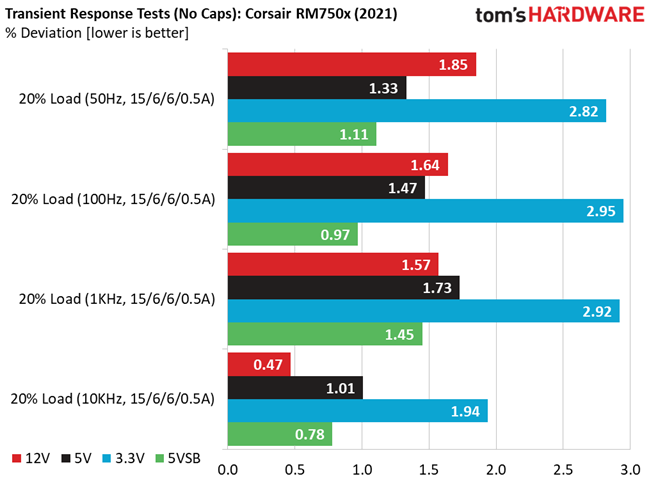
Results 25-29: Transient Response
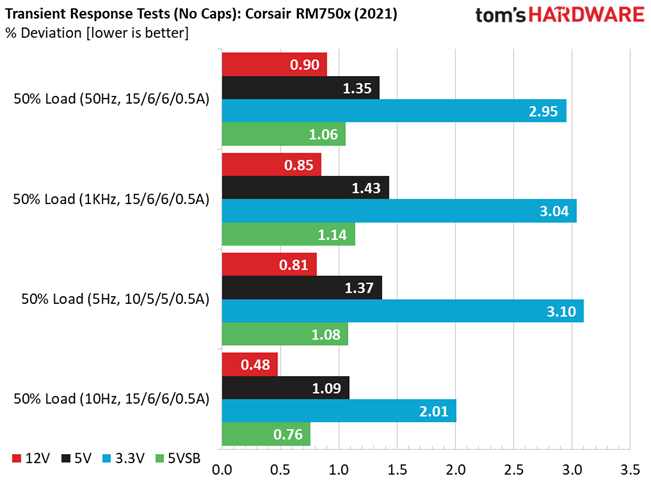
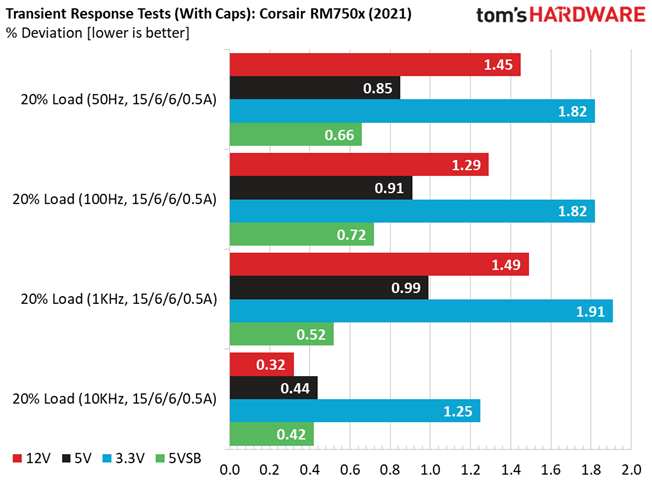
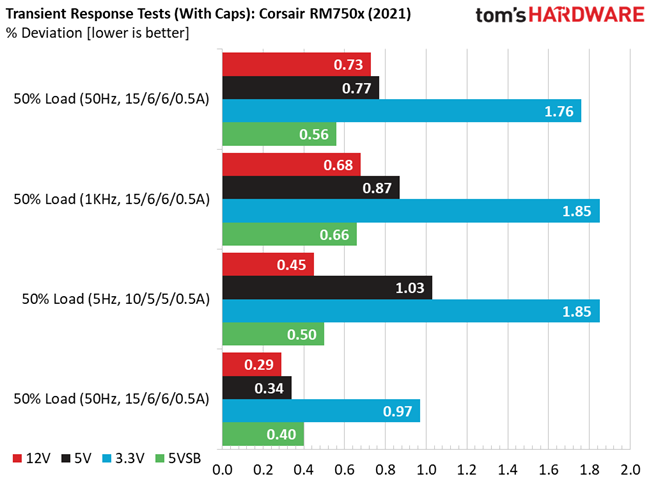
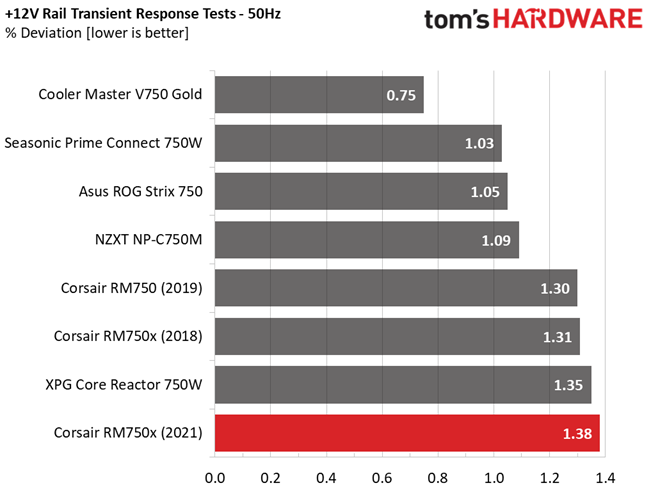
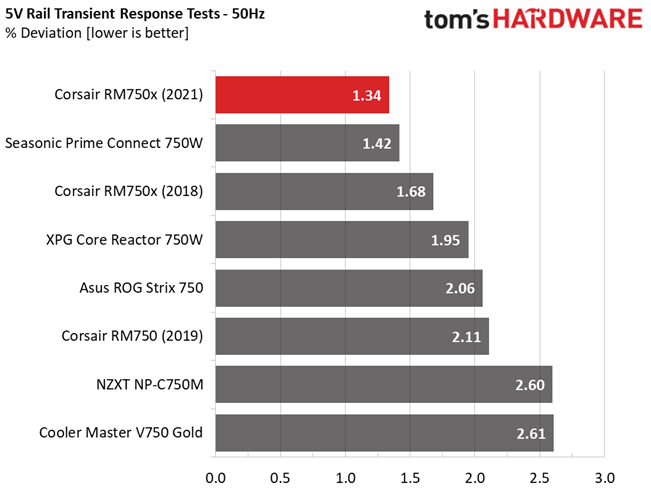
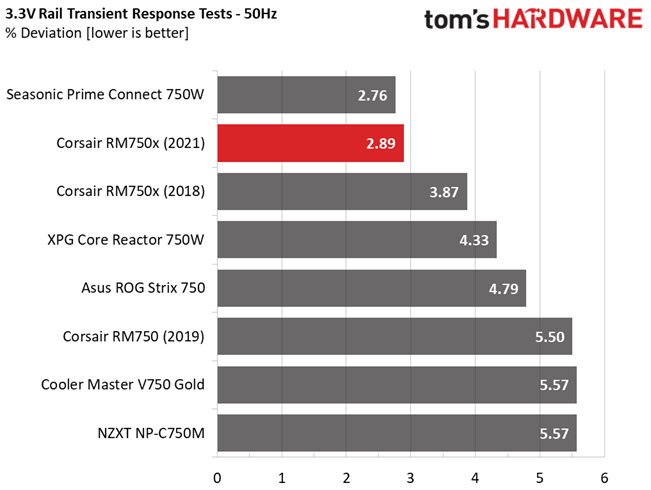
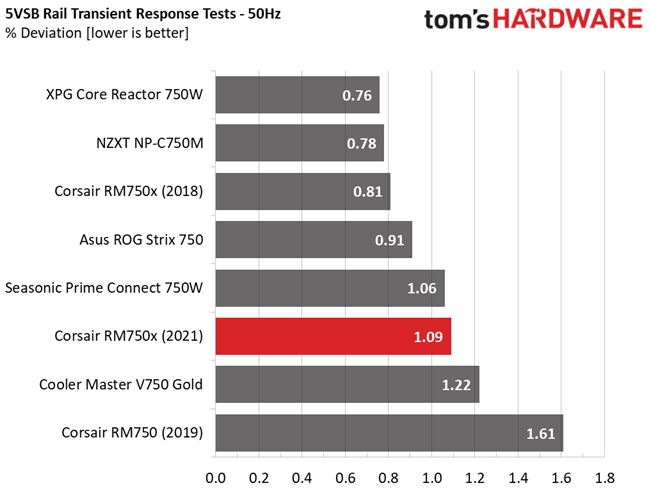
Voltage drops at 12V with transient loads are not so high, but the competition performs better here. The minor rails register better performance in these tests.
Turn-On Transient Tests
In the next set of tests, we measure the PSU's response in simpler transient load scenarios—during its power-on phase. Ideally, we don't want to see any voltage overshoots or spikes since those put a lot of stress on the DC-DC converters of installed components.
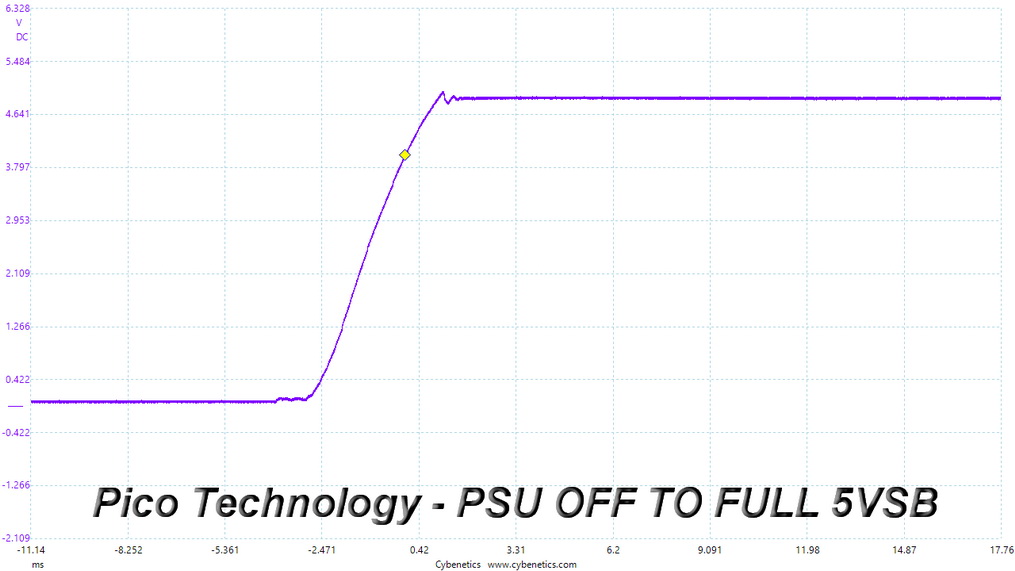
Turn-On Transient Response Scope Shots
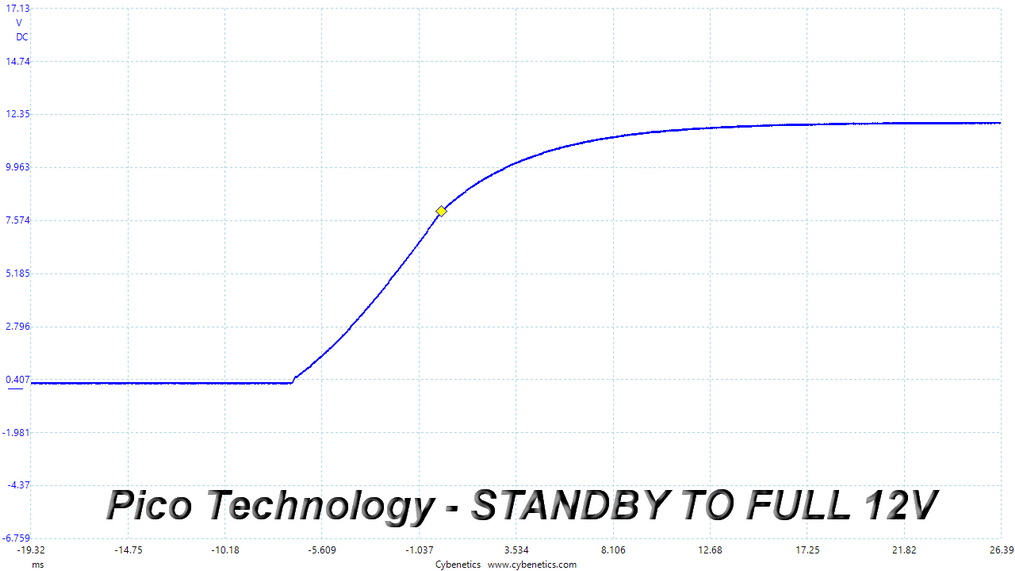
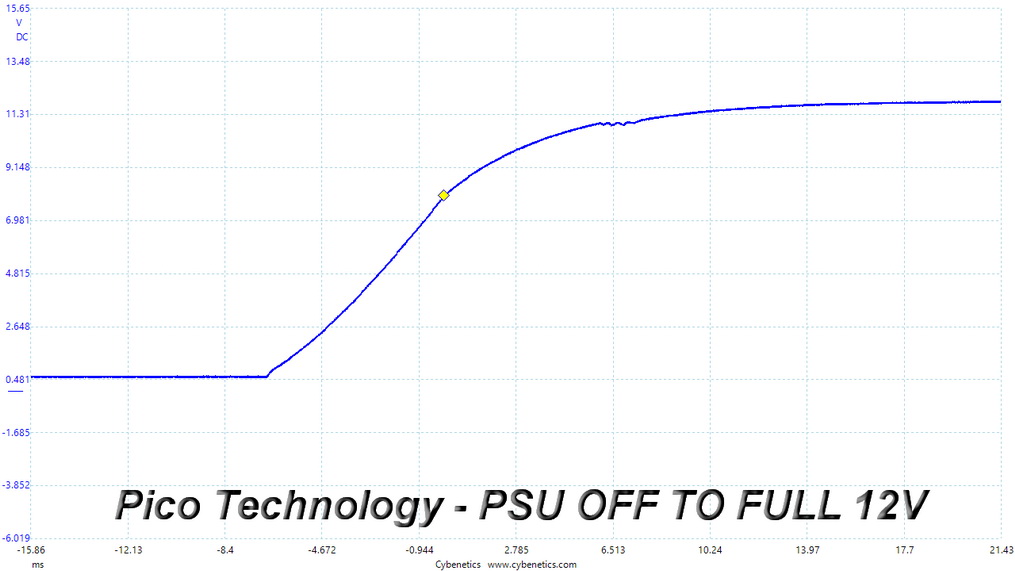
There is only a tiny voltage overshoot at 5VSB, which is nothing to worry about. The 12V waveforms are (almost) perfect.
Power Supply Timing Tests
There are several signals generated by the power supply, which need to be within specified, by the ATX spec, ranges. If they are not, there can be compatibility issues with other system parts, especially mainboards. From year 2020, the PSU's Power-on time (T1) has to be lower than 150ms and the PWR_OK delay (T3) from 100 to 150ms, to be compatible with the Alternative Sleep Mode.
Get Tom's Hardware's best news and in-depth reviews, straight to your inbox.
| T1 (Power-on time) & T3 (PWR_OK delay) | ||
|---|---|---|
| Load | T1 | T3 |
| 20% | 51ms | 135ms |
| 100% | 49ms | 137ms |
The PWR_OK delay is within the 100-150ms region, so the PSU supports the alternative sleep mode recommended by the ATX spec.
Ripple Measurements
Ripple represents the AC fluctuations (periodic) and noise (random) found in the PSU's DC rails. This phenomenon significantly decreases the capacitors' lifespan because it causes them to run hotter. A 10-degree Celsius increase can cut into a cap's useful life by 50%. Ripple also plays an important role in overall system stability, especially when overclocking is involved.
The ripple limits, according to the ATX specification, are 120mV (+12V) and 50mV (5V, 3.3V, and 5VSB).
| Test | 12V | 5V | 3.3V | 5VSB | Pass/Fail |
| 10% Load | 4.5 mV | 3.3 mV | 3.3 mV | 4.9 mV | Pass |
| 20% Load | 4.9 mV | 3.6 mV | 3.0 mV | 4.9 mV | Pass |
| 30% Load | 8.1 mV | 3.5 mV | 3.3 mV | 5.2 mV | Pass |
| 40% Load | 6.9 mV | 3.5 mV | 3.0 mV | 4.9 mV | Pass |
| 50% Load | 6.4 mV | 3.8 mV | 3.1 mV | 5.0 mV | Pass |
| 60% Load | 6.3 mV | 6.8 mV | 9.7 mV | 7.3 mV | Pass |
| 70% Load | 6.1 mV | 4.0 mV | 3.5 mV | 5.4 mV | Pass |
| 80% Load | 6.1 mV | 4.5 mV | 6.2 mV | 5.3 mV | Pass |
| 90% Load | 5.9 mV | 4.3 mV | 7.6 mV | 5.3 mV | Pass |
| 100% Load | 8.9 mV | 5.0 mV | 6.8 mV | 7.3 mV | Pass |
| 110% Load | 9.0 mV | 5.1 mV | 9.8 mV | 6.4 mV | Pass |
| Crossload 1 | 5.3 mV | 4.6 mV | 7.9 mV | 6.1 mV | Pass |
| Crossload 2 | 9.3 mV | 4.5 mV | 3.7 mV | 5.8 mV | Pass |
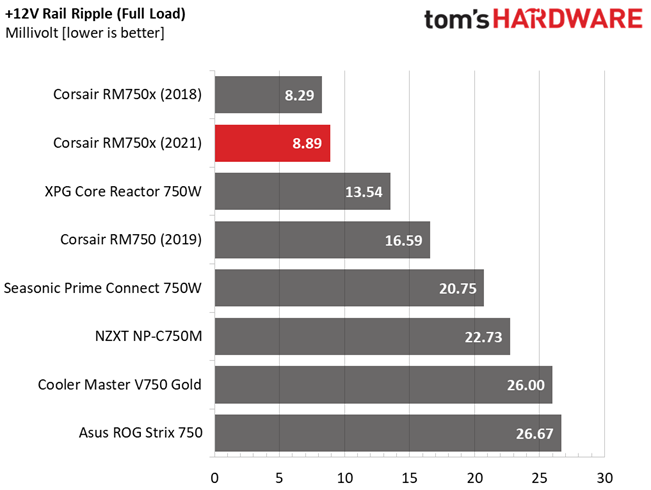
Results 30-33: Ripple Suppression

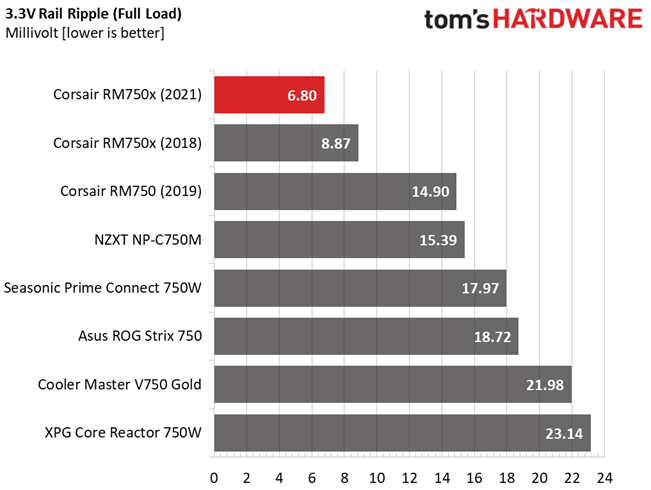
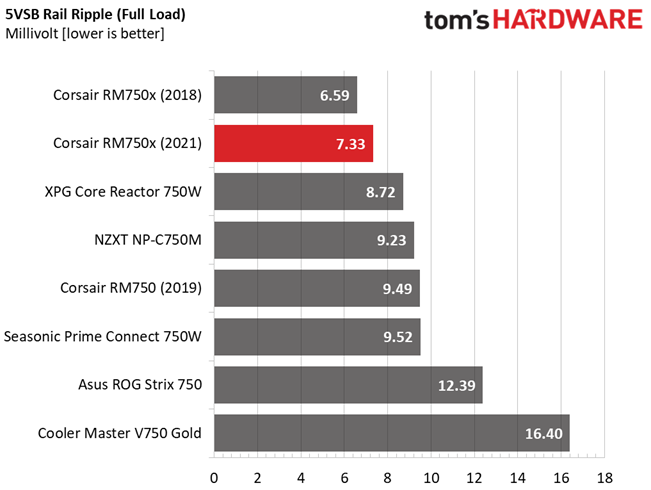
Ripple suppression is perfect!
Ripple At Full Load

Ripple Full Load Scope Shots
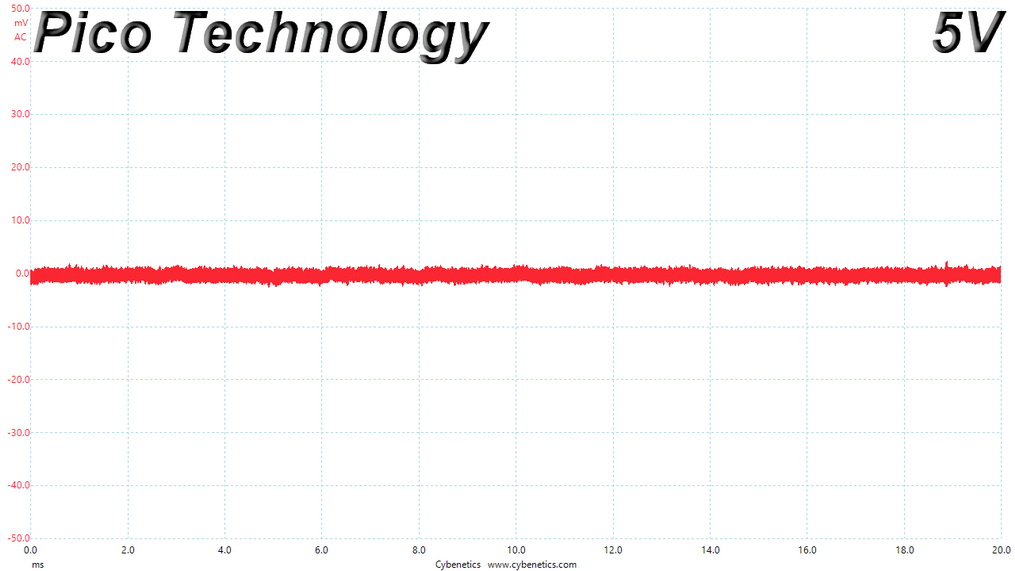
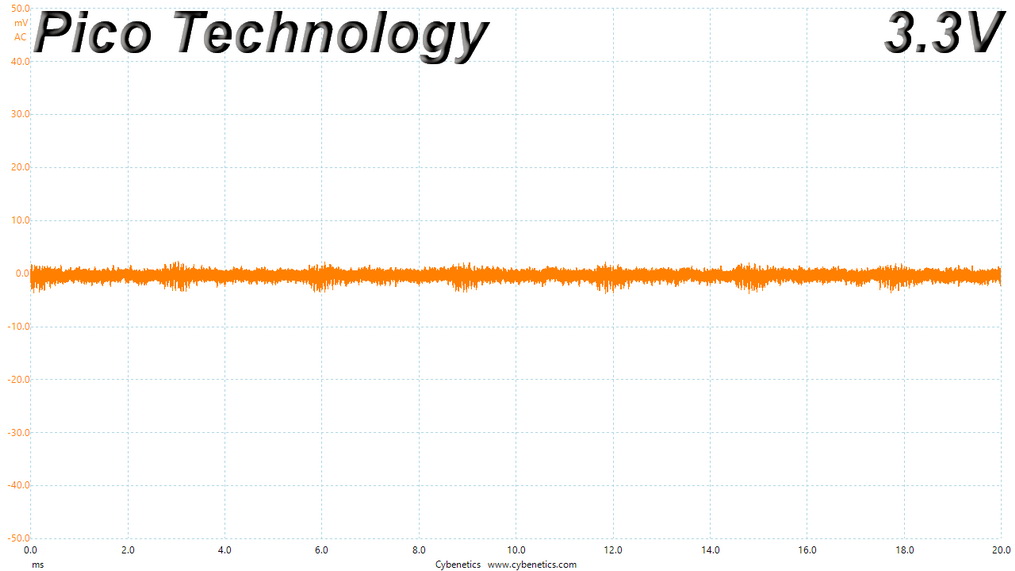
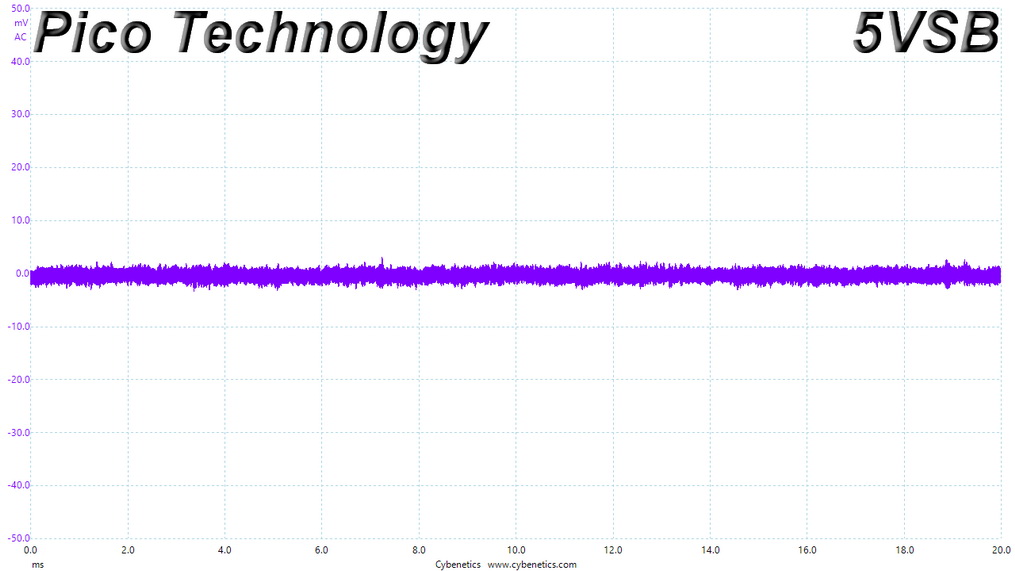
Ripple At 110% Load
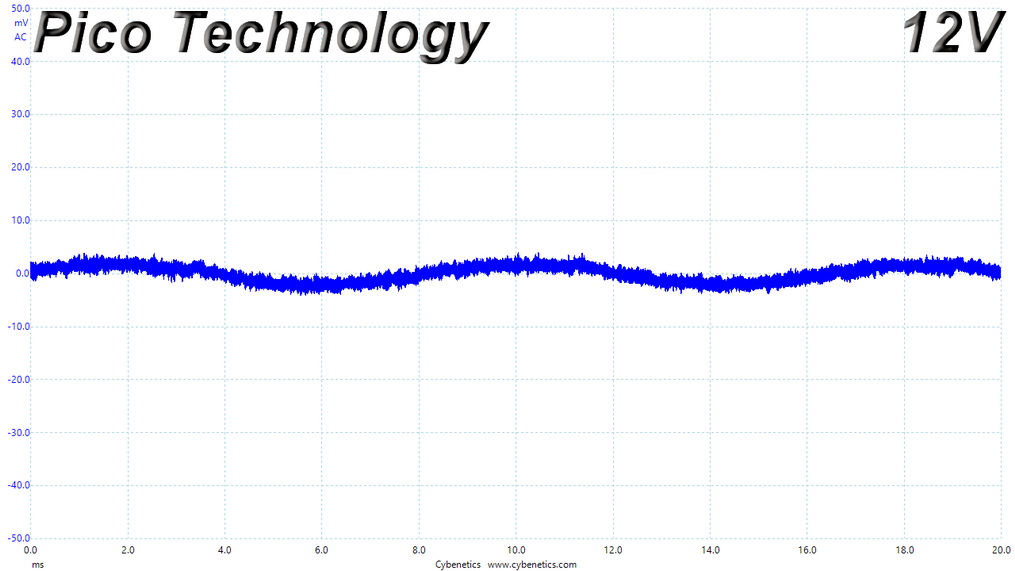
Ripple 110% Load Scope Shots
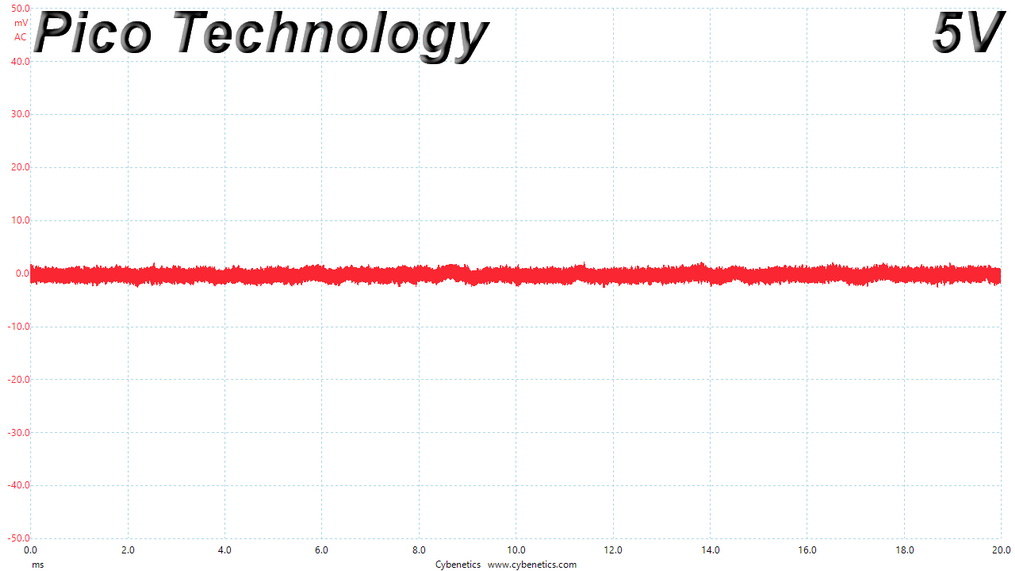
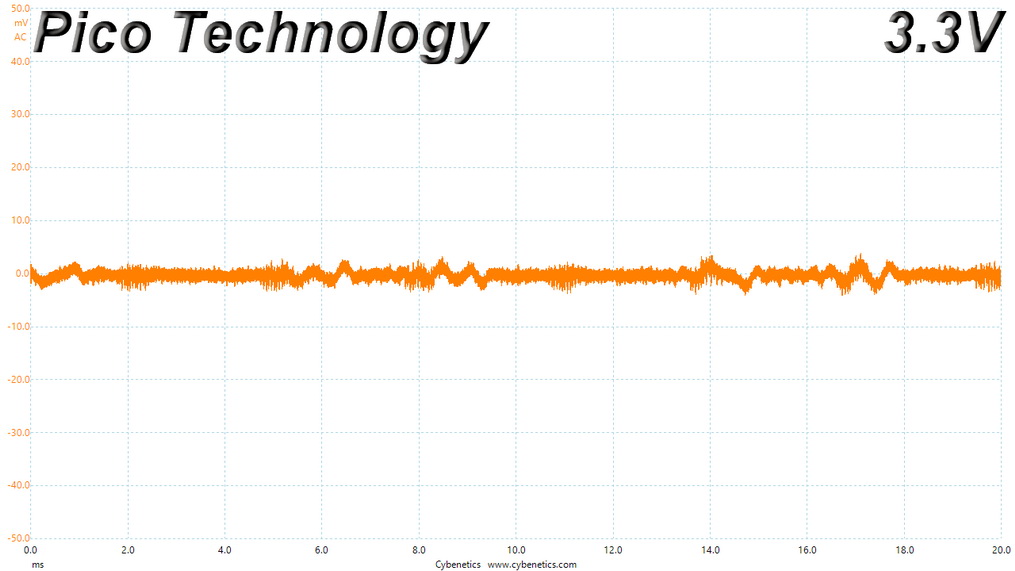
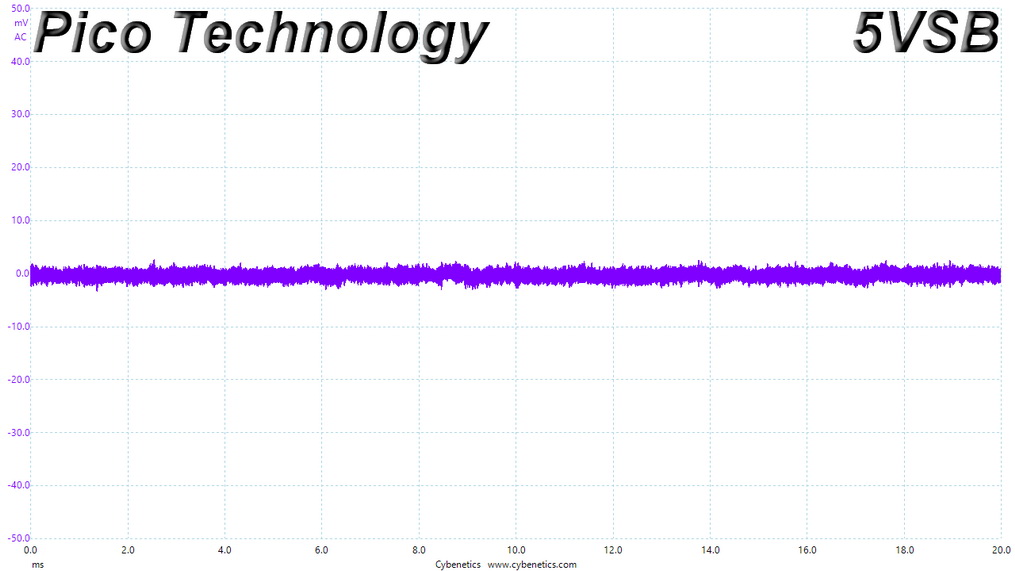
Ripple At Cross-Load 1
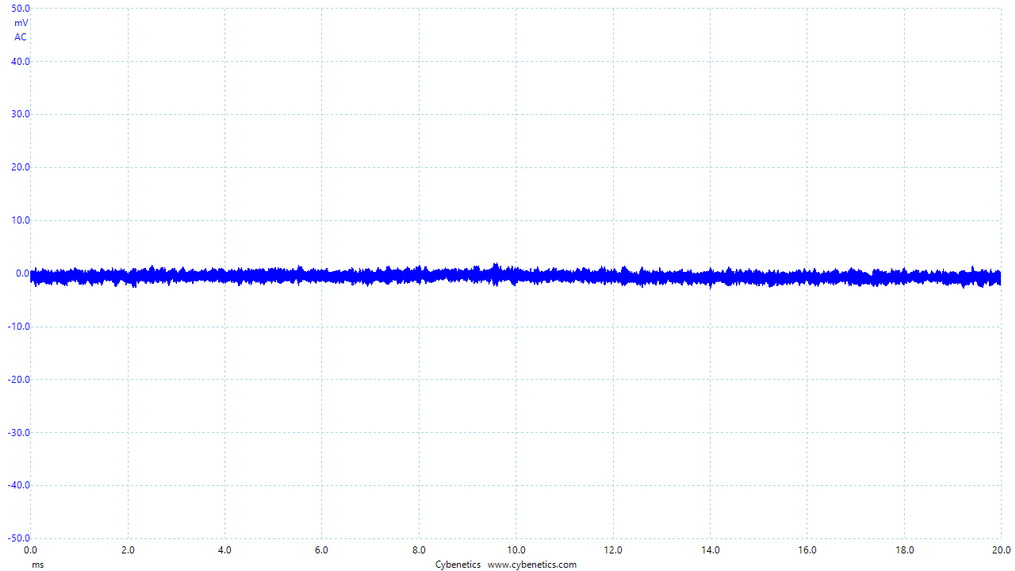
Ripple CL1 Load Scope Shots
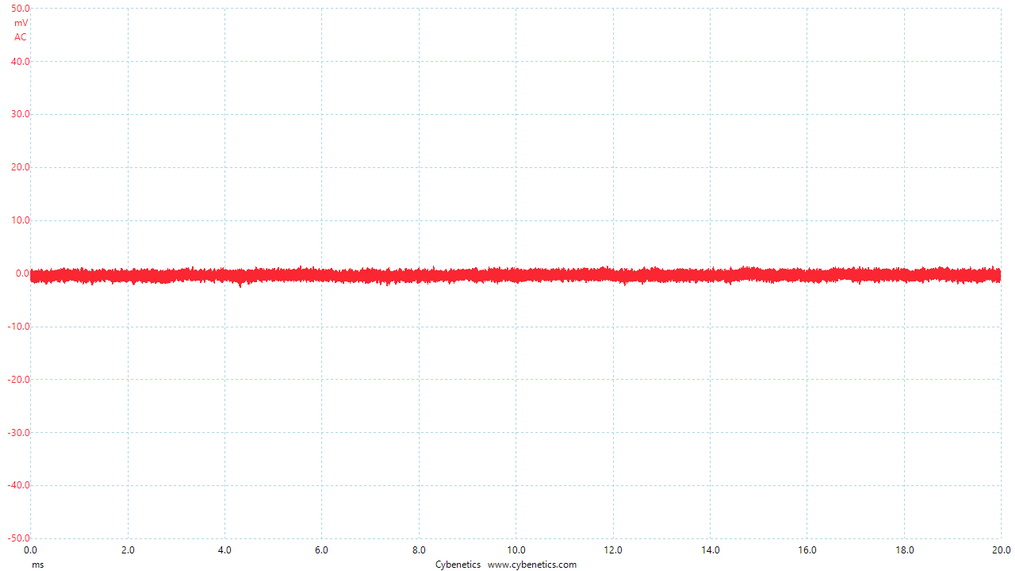
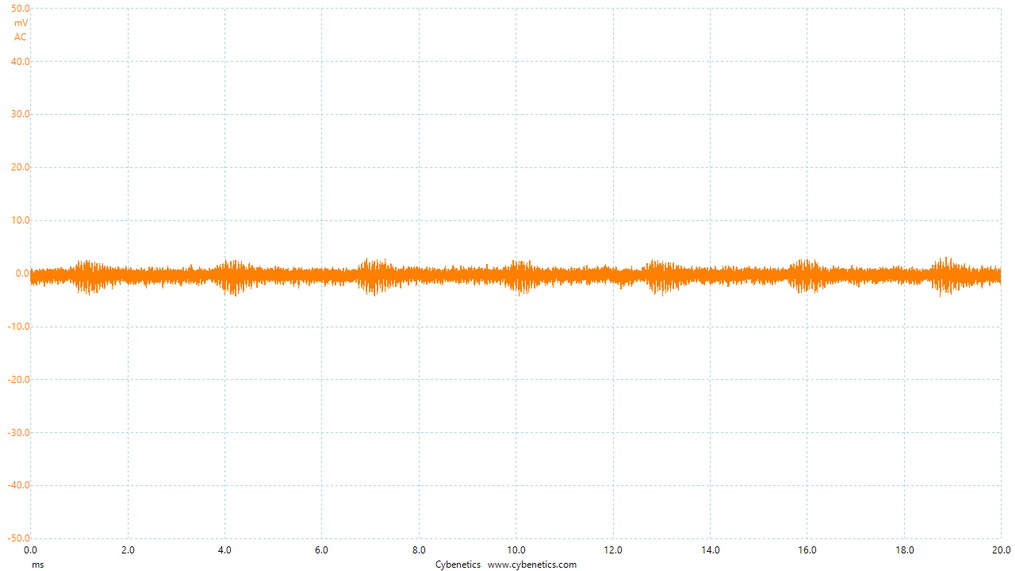
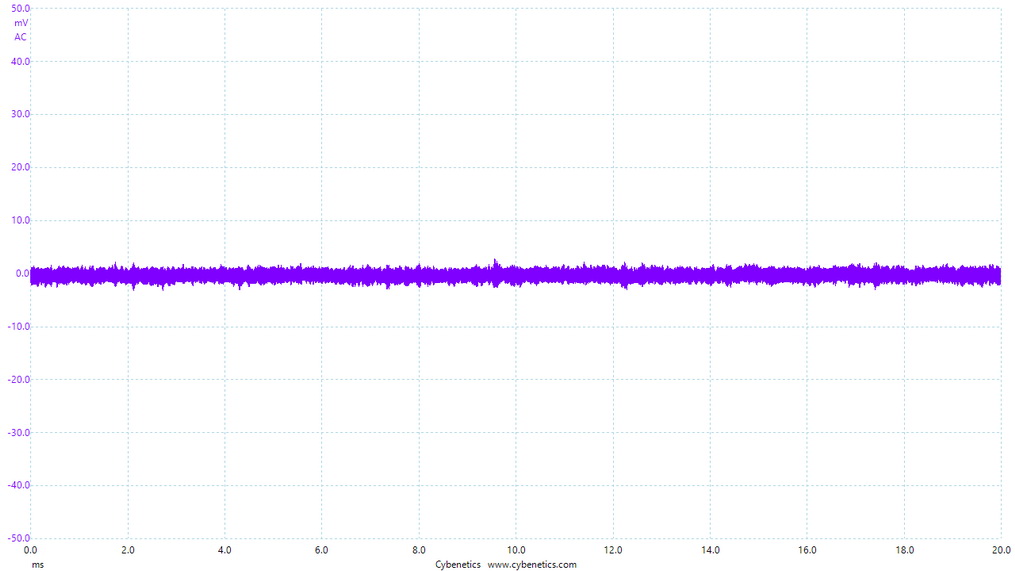
Ripple At Cross-Load 2
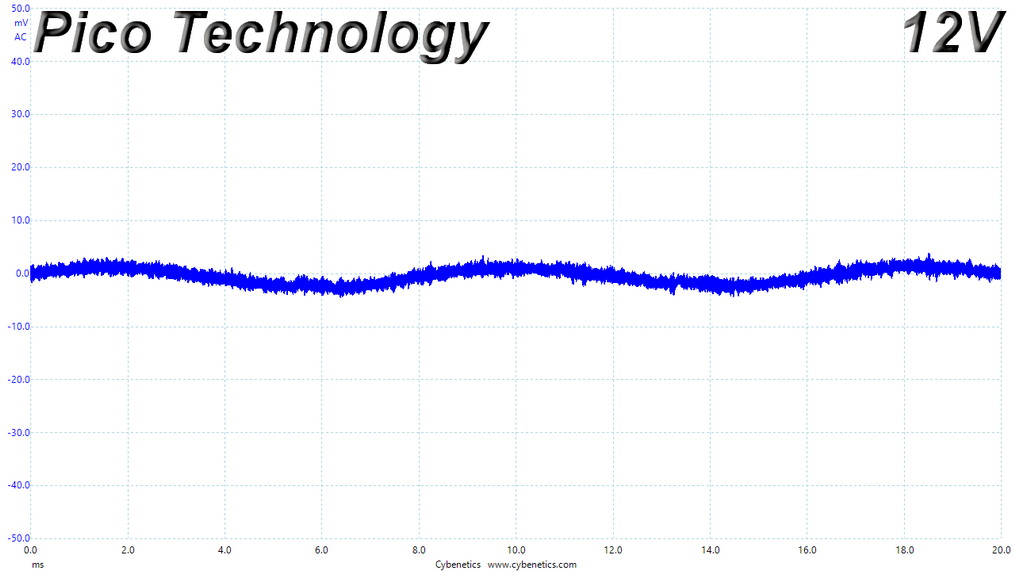
Ripple CL2 Load Scope Shots
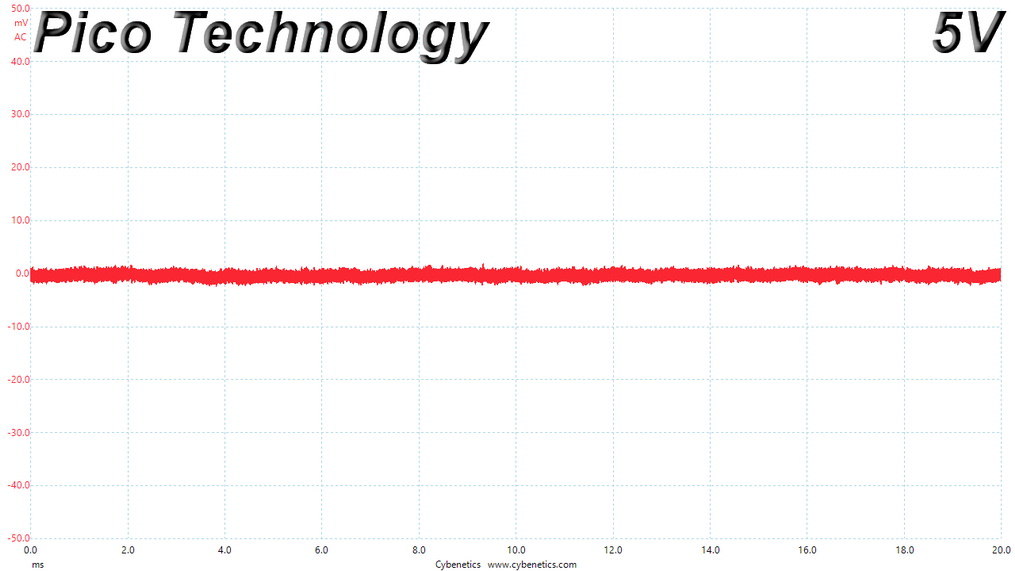
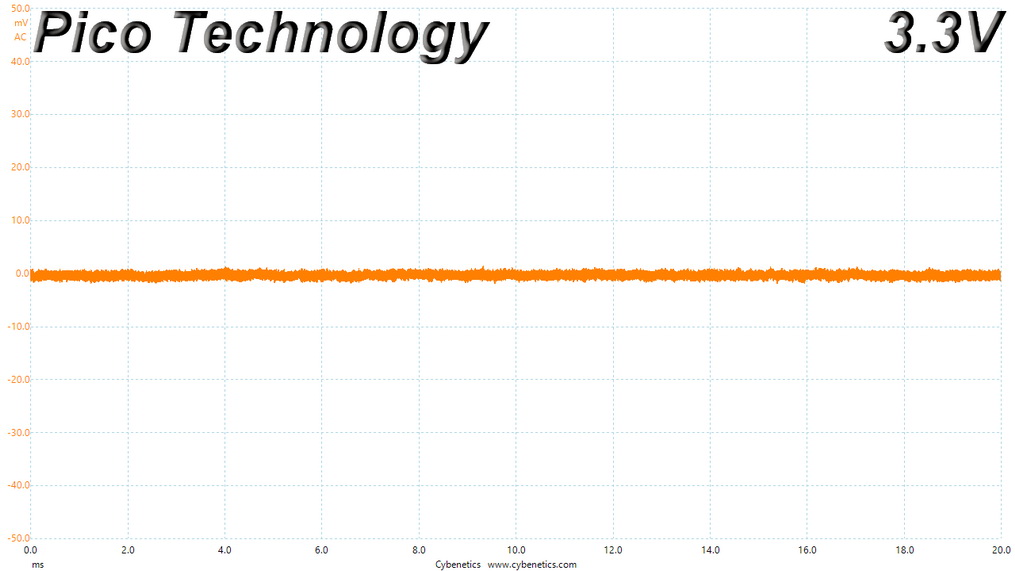

EMC Pre-Compliance Testing – Average & Quasi-Peak EMI Detector Results
Electromagnetic Compatibility (EMC) is the ability of a device to operate properly in its environment without disrupting the proper operation of other nearby devices.
Electromagnetic Interference (EMI) stands for the electromagnetic energy a device emits, and it can cause problems in other nearby devices if too high. For example, it can be the cause of increased static noise in your headphones or/and speakers.
The conducted EMI emissions are within the specified limits.
MORE: Best Power Supplies
MORE: How We Test Power Supplies
MORE: All Power Supply Content
Current page: Transient Response Tests, Timing Tests, Ripple Measurements and EMC Pre-Compliance Testing
Prev Page Protection Features, DC Power Sequencing, Cross-Load Tests and Infrared Images Next Page Performance, Noise, Efficiency and Power Factor
Aris Mpitziopoulos is a contributing editor at Tom's Hardware, covering PSUs.
-
RAZ0RLIGHT Is there any reason why the 2021 revisions fan curve is so much more aggressive?Reply
This would be the perfect Gold PSU if they would have implemented the same fan curve as the older 2018 revision. -
I Reply
Disagree. It's still very quiet and I'd rather a tiny noise increase to reduce temps, increase lifespan.RAZ0RLIGHT said:Is there any reason why the 2021 revisions fan curve is so much more aggressive?
This would be the perfect Gold PSU if they would have implemented the same fan curve as the older 2018 revision.
This is probably what Corsair determined as well through wear testing, decided that not only would that reduce their warranty fulfillment costs but also improve customer satisfaction by having a longer lasting product.
If you don't care about the warranty, crack it open, put a few tens of ohms 2W resistor in series on the fan power lead, or just swap in a lower RPM fan, or mod the fan control circuit, or wear earplugs, or put the system under your desk, or get a cat plus 100 mice let loose all at once and you'll never even notice the very slight fan noise.
Besides, it's all a bit silly. If your system is pulling that many amps it's going to need its own more audible fans running anyway. For good lifespan. An internal, reward-facing exhaust, oriented fan is the least audible way to pull or push air through a system. -
Russll HelloReply
A few days ago I bought a Corsair RM750x (2021). Now the power supply consumes little (20-30%) because it works without a video card (AMD 5700G only).
The Aida64 and OCCT show voltage on rail +12V - 11.884V, and on rail +3.3VCC - 3.248V, on rail +5V - 4.980V (computer idle, browser only).
In the game, the voltage rises and shows on rail + 12V - 11.980V (maximum), and on rail + 3.3VCC - 3.264V (maximum), on rail + 5V - 5.020V.
Is this normal at all.?
There is no full 12V on rail + 12V, and no full 3.3V on rail + 3.3V..
Maybe I should return the product to the store.?
-
drivinfast247 Reply
Perfectly normal operation.Russll said:Hello
A few days ago I bought a Corsair RM750x (2021). Now the power supply consumes little (20-30%) because it works without a video card (AMD 5700G only).
The Aida64 and OCCT show voltage on rail +12V - 11.884V, and on rail +3.3VCC - 3.248V, on rail +5V - 4.980V (computer idle, browser only).
In the game, the voltage rises and shows on rail + 12V - 11.980V (maximum), and on rail + 3.3VCC - 3.264V (maximum), on rail + 5V - 5.020V.
Is this normal at all.?
There is no full 12V on rail + 12V, and no full 3.3V on rail + 3.3V..
Maybe I should return the product to the store.?
-
stateofdade Just purchased one of these based on this review. Thanks for the information and the deep dive into this PSU.Reply -
NoxMorbis I can't believe they used in cable caps. Shoddy and ridiculous. I have the 2018 RMX and I HATE those inline crap caps. I also looked at the soldering and found flux still stuck to the joints. Shoddy soldering is apparent. Geeze, what a quality control step down. I just think in line caps are fudging, although In know most do it.Reply
